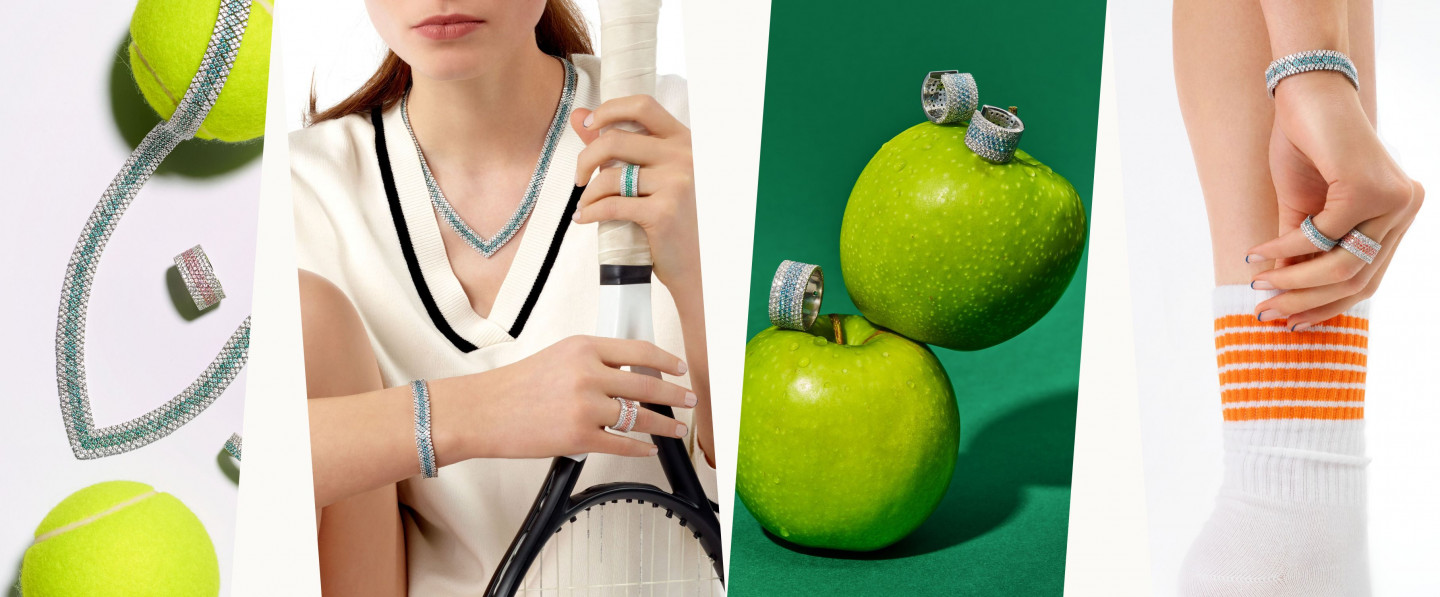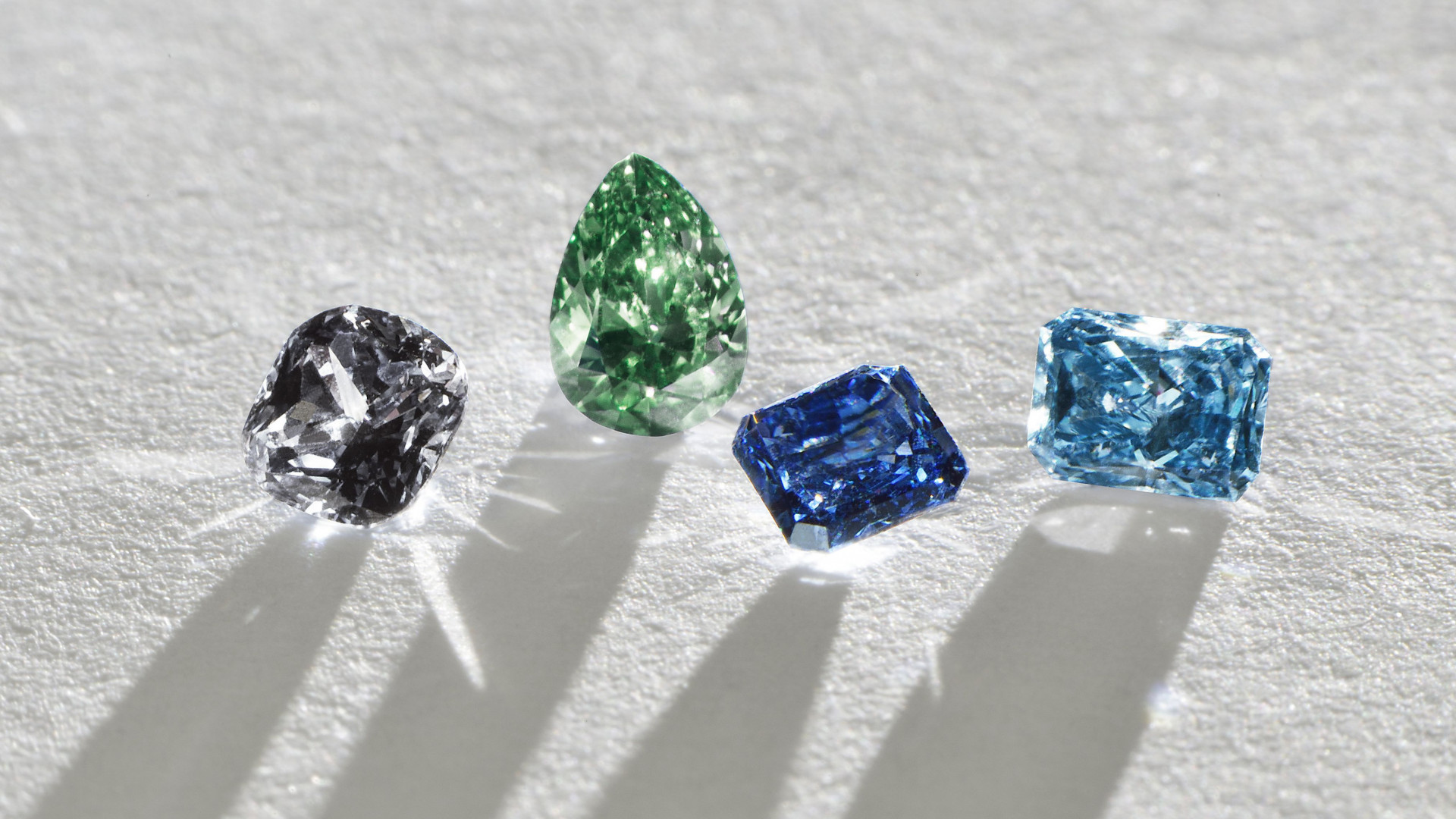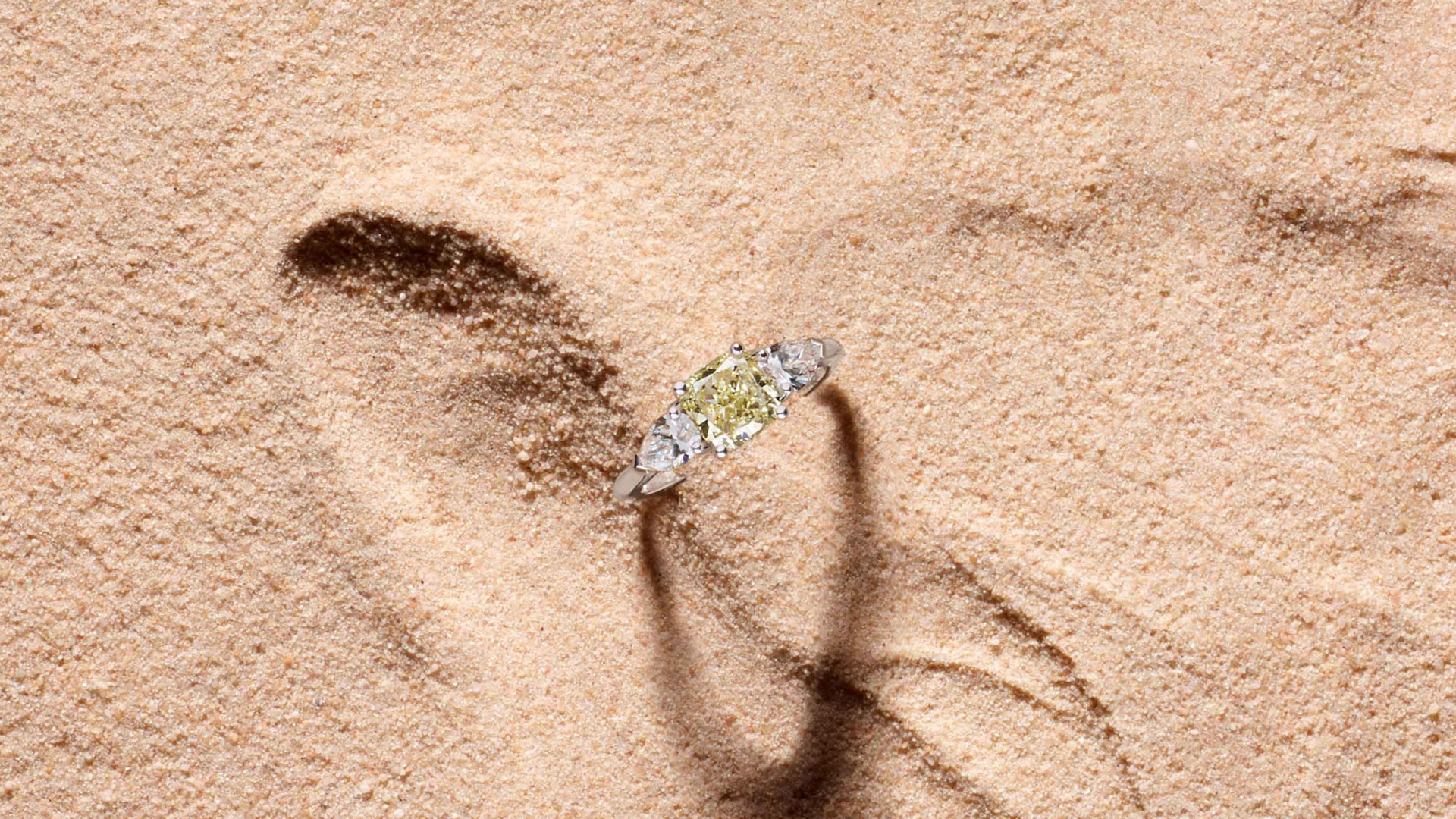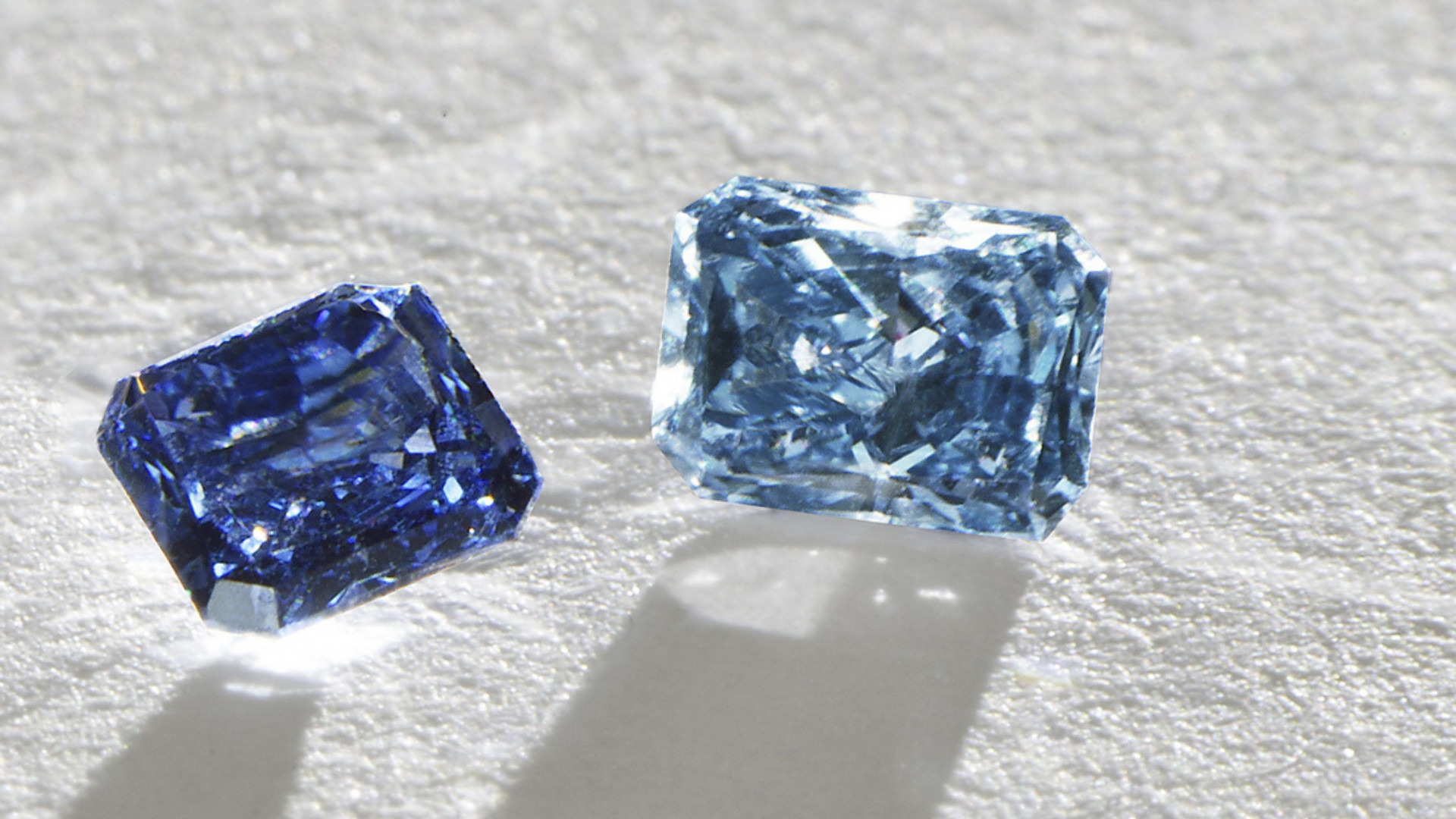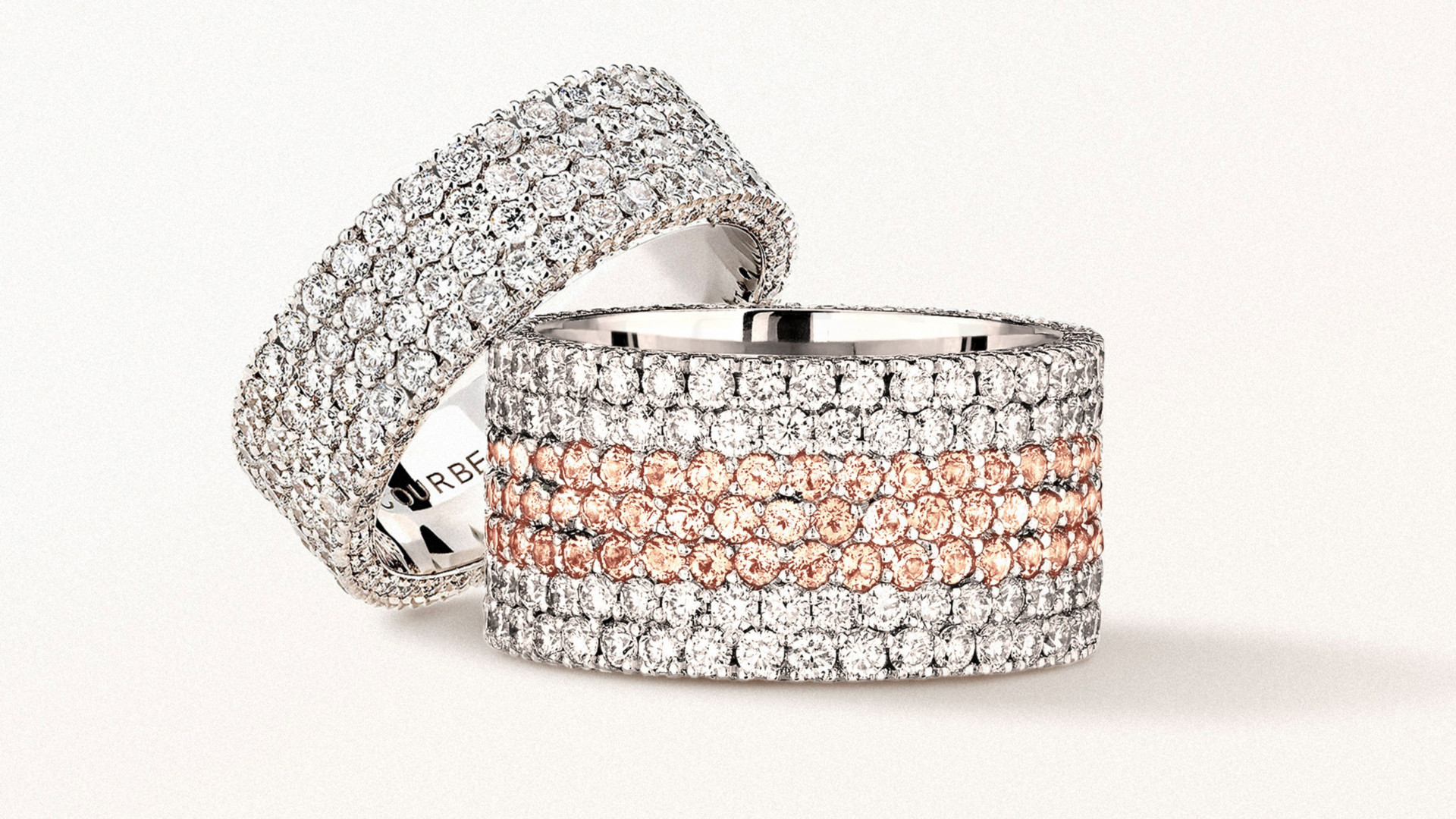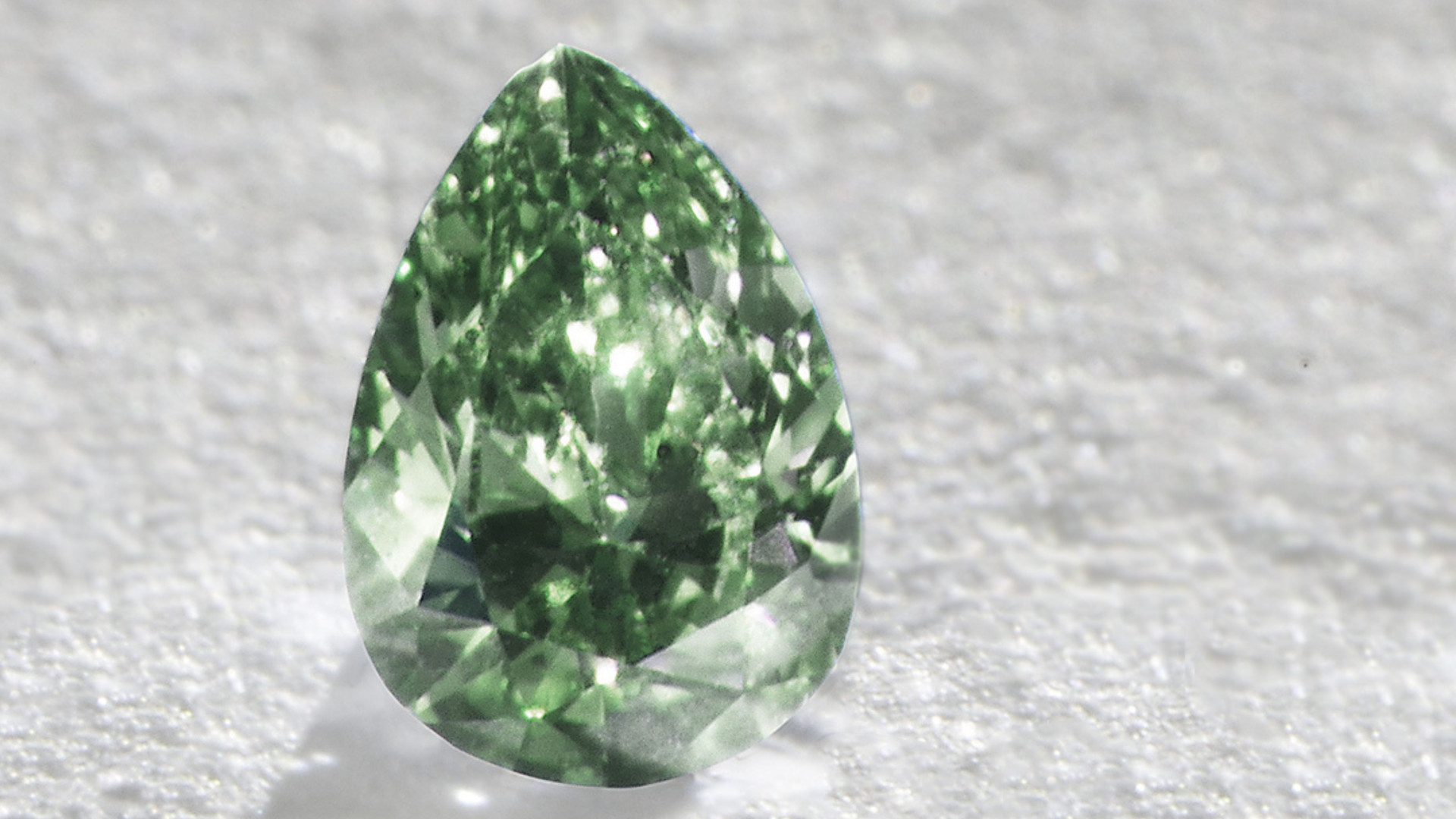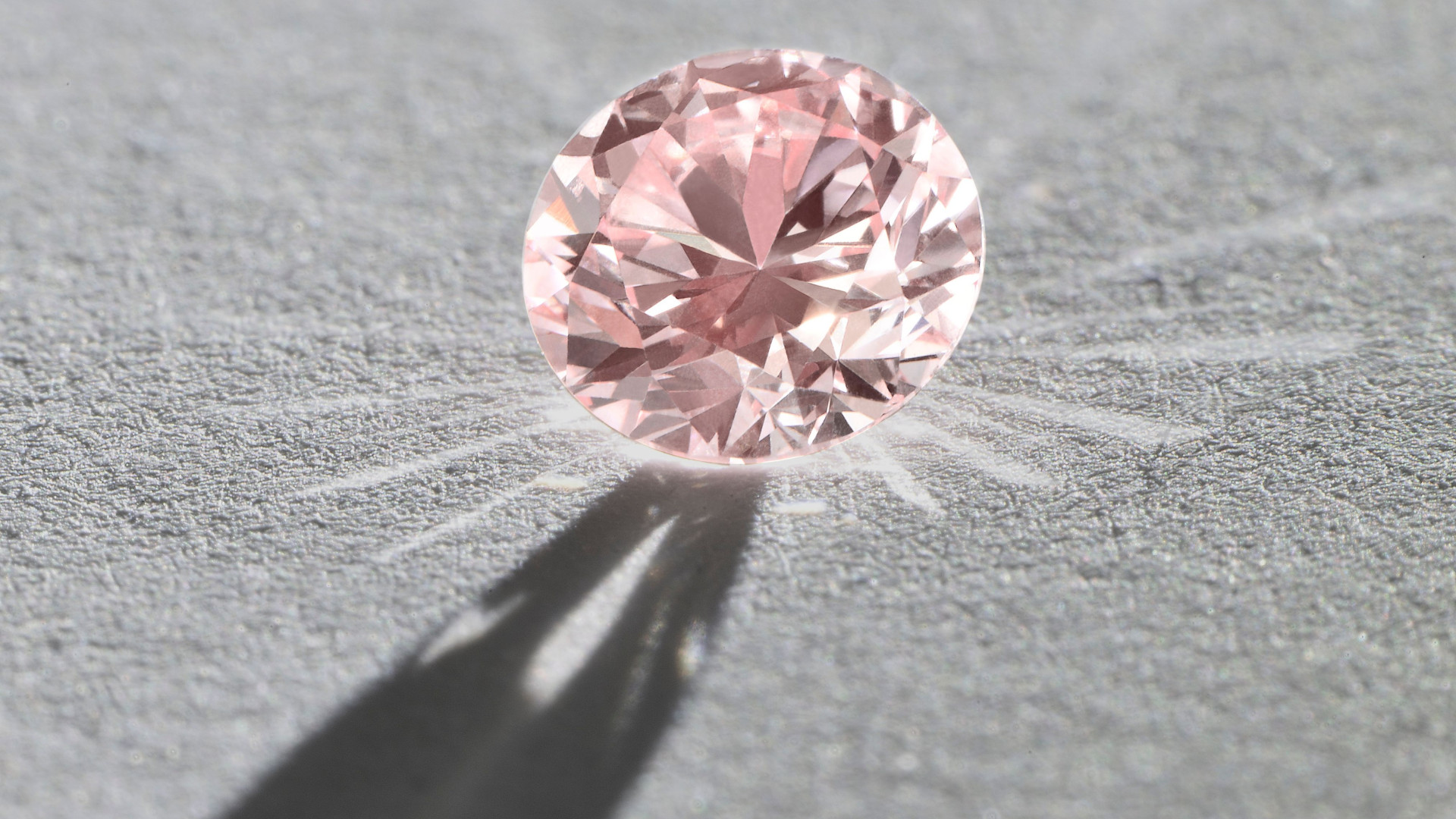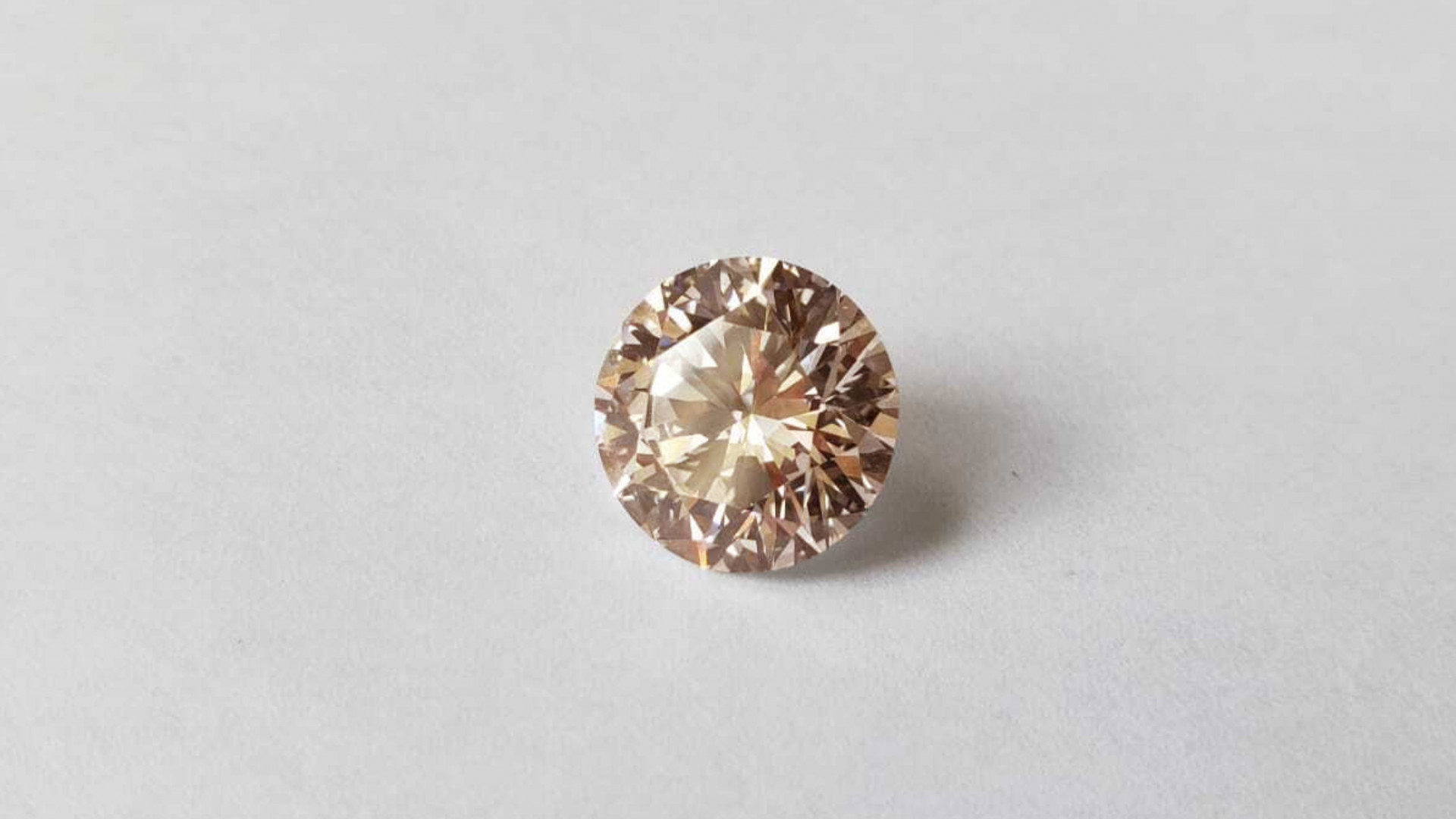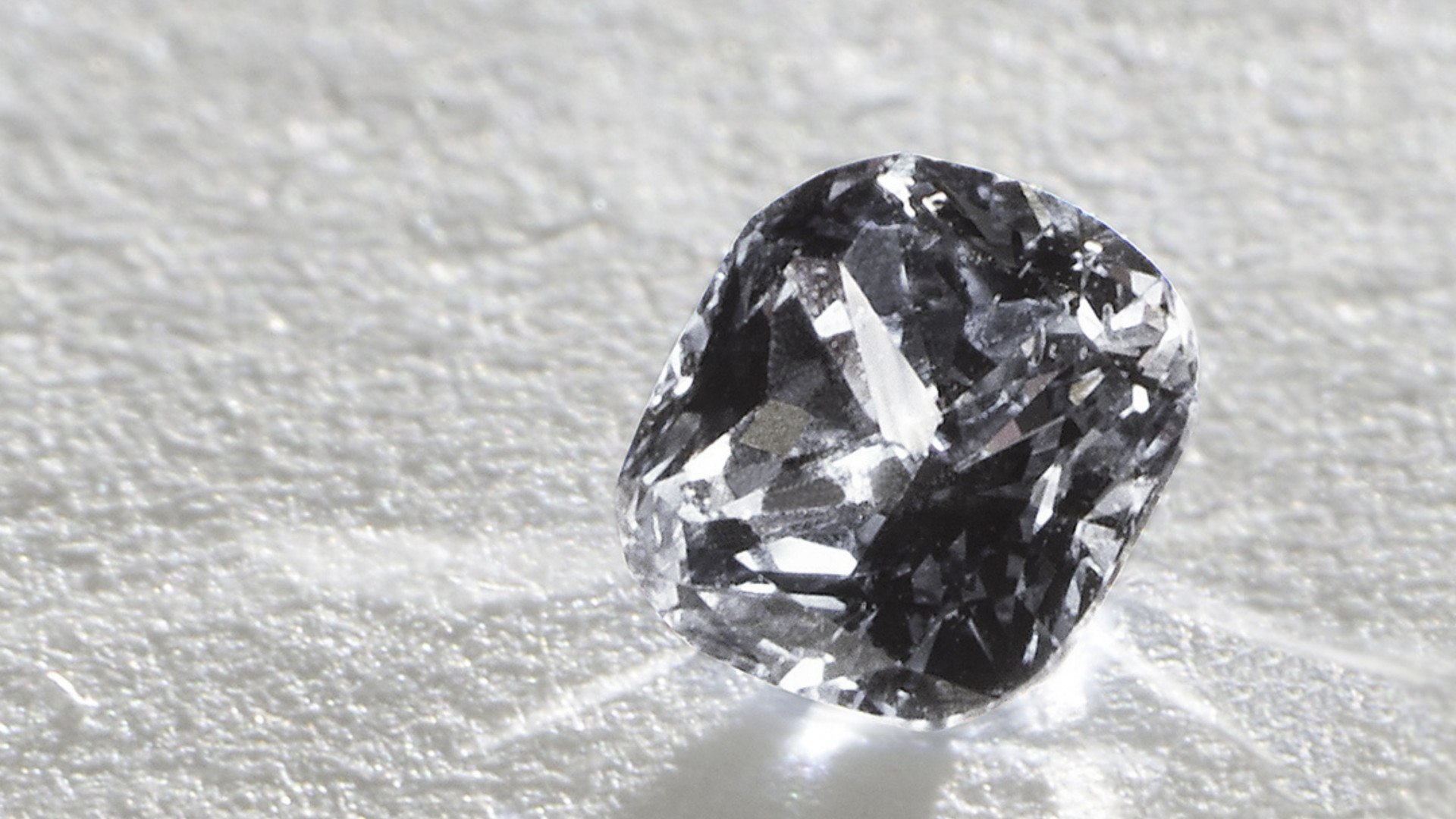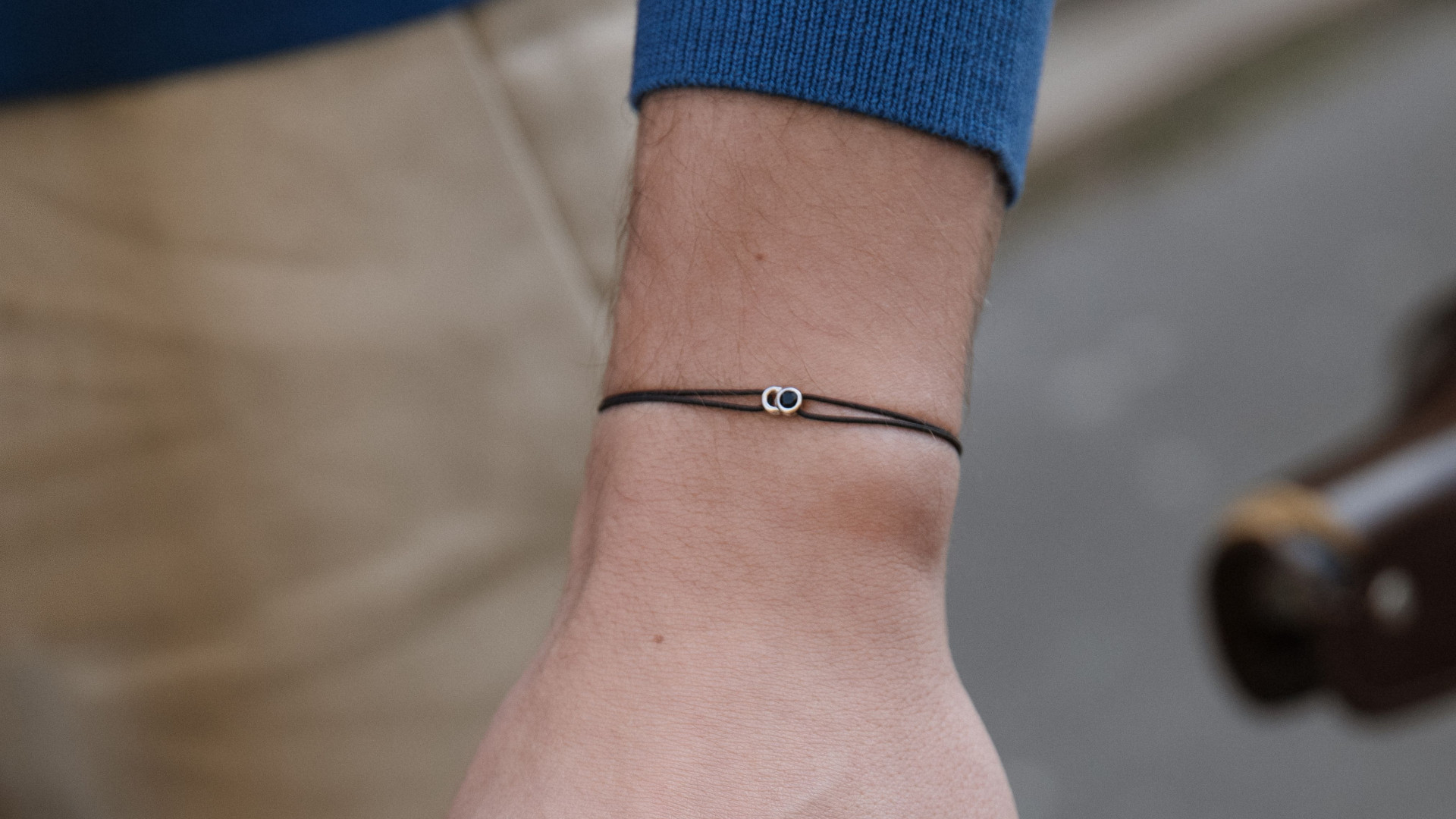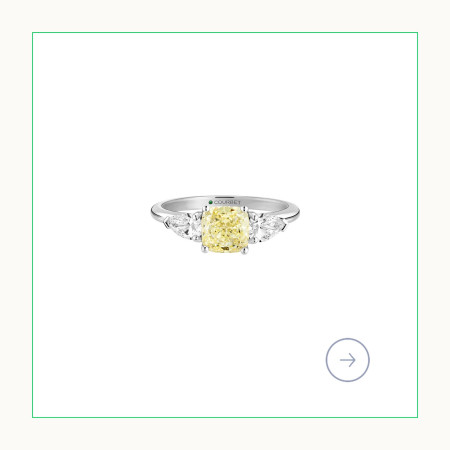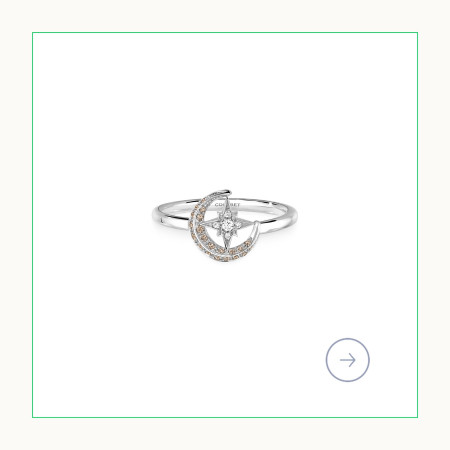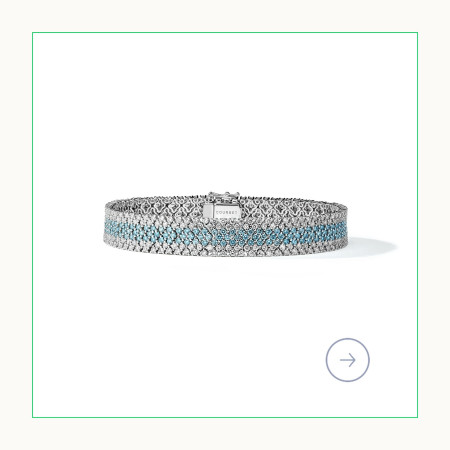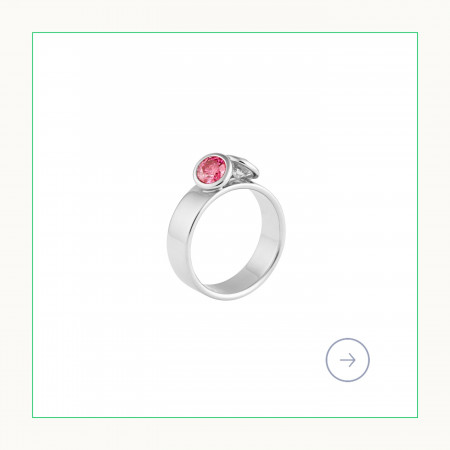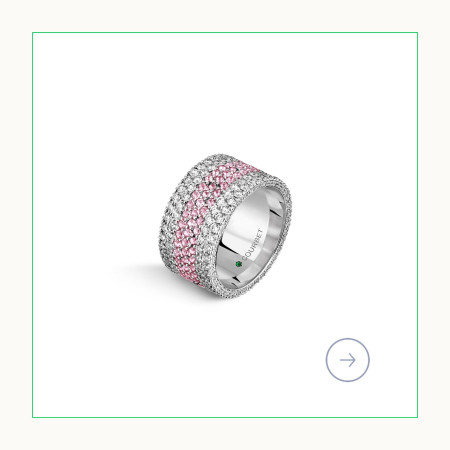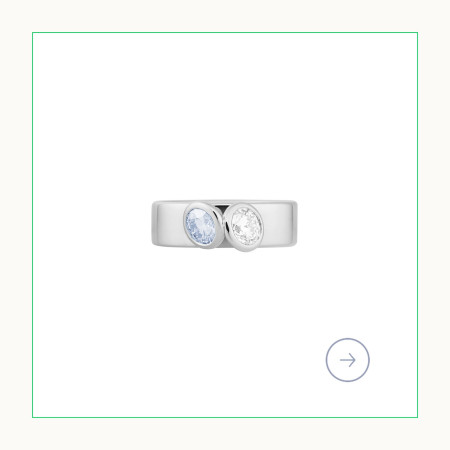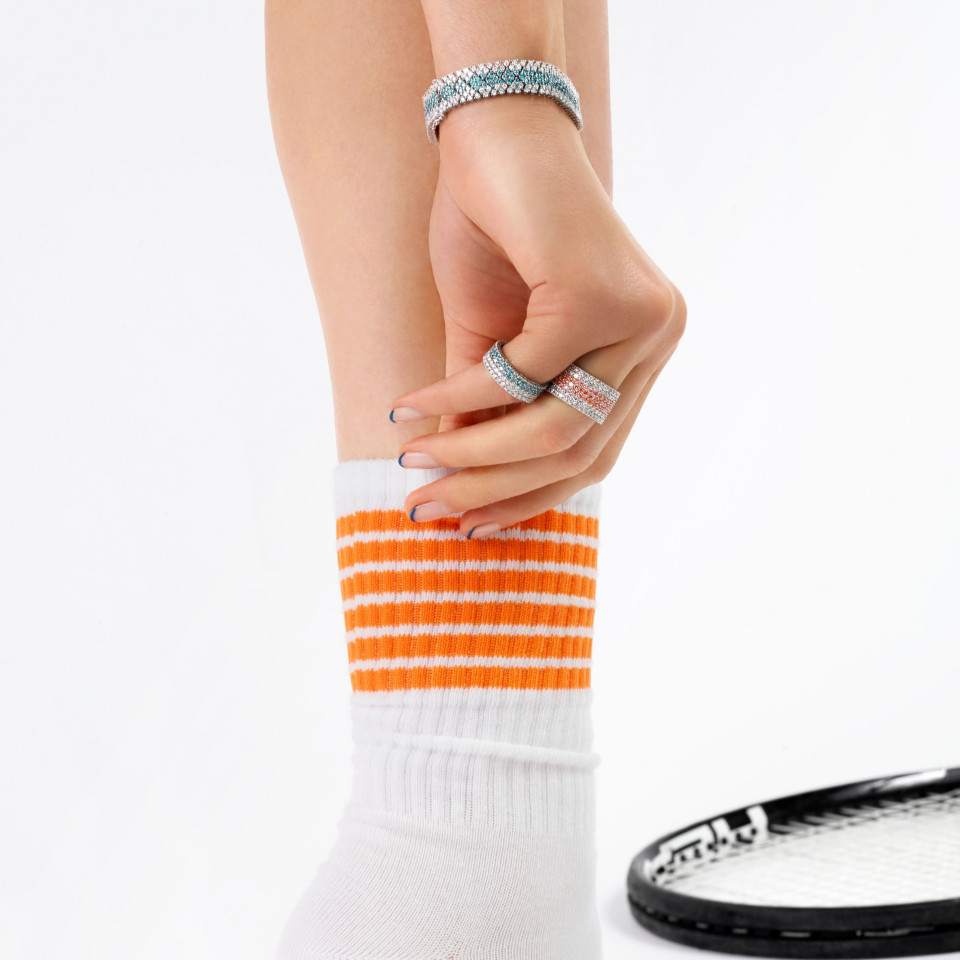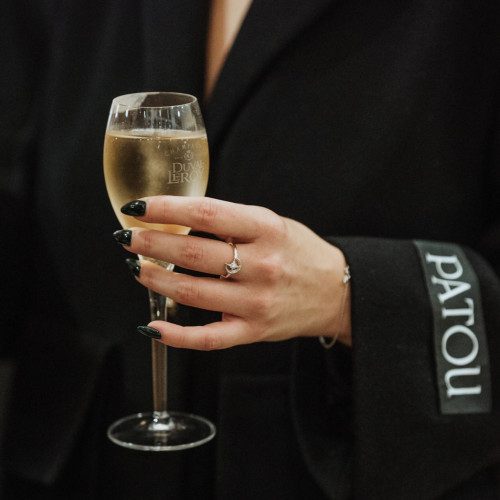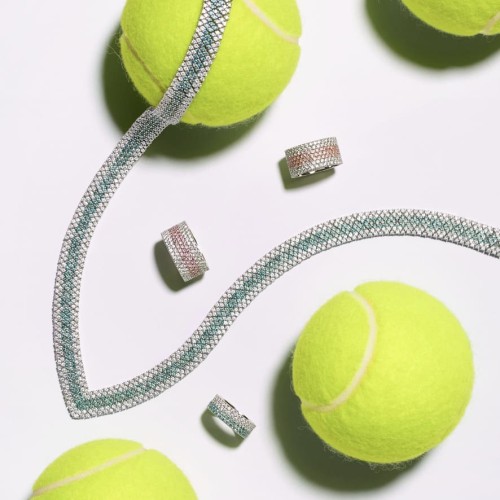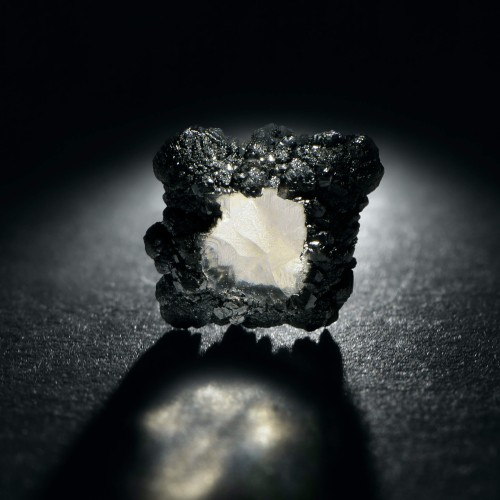The fancy colour diamond
Many people think that a diamond can only be white. However, a diamond only owes its colour to its purity. When a diamond - which is a carbon crystal - is perfectly pure it is white, or rather transparent. It is its facets that, like a prism, will project a light of all the rainbow's colours. However, diamonds, whether they are mined or lab-grown, exist in a range of colours from yellow to blue, passing through pink and sometimes even red. Fancy colour diamonds range from the palest shade, called ‘fainty very light’ or ‘light’, to the most intense, ‘fancy dark’ or ‘fancy deep’.
The fancy colour diamond, a mystery of nature
In nature, a white diamond is only composed of carbon atoms, but other molecules can be added to the recipe to obtain fancy colour diamonds. The coloured diamond, of incredible beauty, can be an alternative when you want a unique and assertive jewellery.
The yellow diamond
When a little nitrogen is added to carbon, the diamond takes on a yellow hue. Depending on the proportion of nitrogen, the yellow will be very soft, on the certificate we speak of fainty very light or light, or much more frank, we speak of fancy light, fancy, fancy intense, fancy vivid or fancy deep. Daffodil diamond is very popular on the market when it has a clear, fancy intense or fancy vivid colour.
C de Courbet 4 prongs yellow cushion-cut and pear-cut ring in white gold
The blue diamond
Similarly, a diamond can turn blue when boron and hydrogen atoms meet the carbon atoms during it development. The blue diamond is the rarest fancy colour diamond in the world, as illustrated by the famous HOPE diamond.
The orange diamond
Structural irregularities during the growth of the uncut diamond and the prevalence of nitrogen in isolated atoms result in an orange diamond. The orange diamond is also known as fire diamonds.
TENNIS orange and white pavé set ring in white gold
The green diamond
The green colour of diamond is the result of natural irradiation. This gem is the second rarest fancy coloured diamond. It symbolises balance and harmony.
Pink, purple and red diamonds
The presence of hydrogen in diamonds produces pinkish hues. However, the extreme pressure to which the diamond is subjected during its development can lead to abnormal deformation of its structure, resulting in a red, pink or even purple diamond.
The brown diamond
The brown diamond is the most common fancy colour diamond. Its colour is also due to the presence of nitrogen. The more nitrogen a diamond contains, the richer the colour. The brown diamond can vary from a light shade to a very deep brown.
The grey diamond
The combination of carbon and hydrogen gives the diamond a grey colour. This colour offers a chic and fascinating metallic glow.
The black diamond
The black diamond is originally white diamond, but the presence of a large number of dark, evenly distributed inclusions gives it its black colour. The black diamond is also known as Carbonado.
LET'S COMMIT carbone black cord bracelet in white gold LIMITED EDITION black diamond
With the TENNIS collection, COURBET is demonstrating the lab-grown diamond's ability to achieve colour consistency in the paving of the collection's creations. Indeed, it would probably be impossible to bring together so many fancy colour diamonds from the mines in the same shades of blue, orange or pink and obtain a near-perfect match.
The recycled gold and lab-grown coloured diamonds jewellery of Maison COURBET are therefore even more symbolic as they will sublimate with a radiant brilliance each person who wears them.
Discover our creations set with COURBET fancy colour diamonds in our appartement at 7 place Vendôme.
